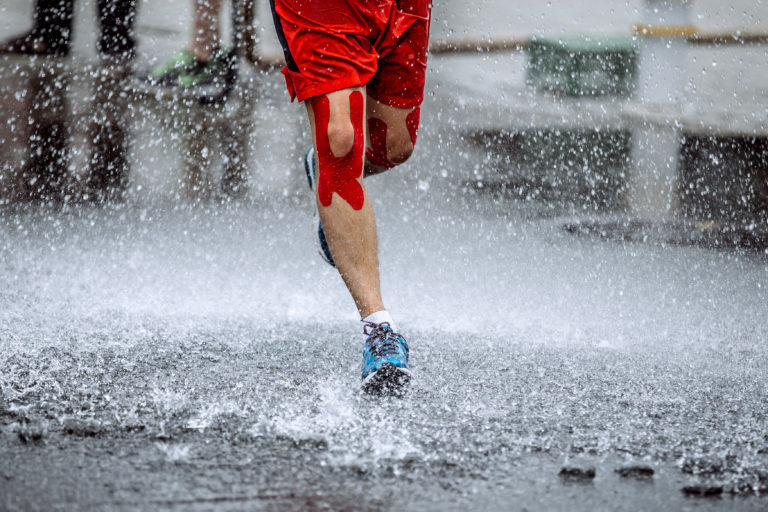
Tape: All Hype or Scientifically Sound?
Athletes seem to love tape! Shoulder, knee, back, wherever they hurt they want me to apply tape. Is it helpful? Errrrrr we actually don’t know.
Do I still do it? Absolutely! Injury recovery and performance is just as much about mental satisfaction as it is science, If the tape makes an athlete feel better, more stable, more secure than you can bet they are going to perform better.
Now, that is not to say that I perform treatment that is not evidence based if a patient asks me to. Keep in mind that a review of evidence from 10 research papers for kinesio tape to treat and prevent sports injuries was published in the journal Sports Medicine with the following findings:
- No clinically important results were found to support the tape’s use for pain relief.
- There were inconsistent range-of-motion results.
- Seven outcomes relating to strength were beneficial.
- The tape had some substantial effects on muscle activity, but it was not clear whether these changes were beneficial.
Something happens, how we explain it can be tricky and I am always clear with athletes that the tape is not a substitute to proper rest and rehabilitation, there is no magic in the tape, its just tape.
The Dominant Theories on Tape:
Your skin is the largest organ in your body, and it’s loaded with small sensory nerve fibers that are responsible for proprioception. Placing tape in specific areas of your body across the skin provides sensory input that gives your brain more information as you move. This additional information has been shown to help improve balance, reduce pain, and support proper movement patterns.
Tape worn on the skin provides your brain with more information about your movement patterns and could therefore help reduce injuries and improve rehabilitation (again, this is a theory).
Bottom Line:
It’s difficult to find a single sporting event where you won’t see an athlete wearing colorful tape somewhere on their body. You may have wondered what it is, and more importantly what it’s used for.
The tape is called kinesio tape and was initially developed by a Chiropractor about 40 years ago. It works by stimulating proprioception, which is the medical term for knowing where your body is in space.
Next Steps:
You can think of the tape less like a brace and more like a nervous system reminder that you wear on your skin. Tape has the potential to support better movement, reduce pain, and limit injuries. Now the next time you see an athlete wearing tape, you will know it’s more than just a fashion statement!
Questions on how to tape?
Ace kids, Come see us! Bring your tape and we can give you some tips/directions.
Need Tape?
We often have extra available for purchase.





